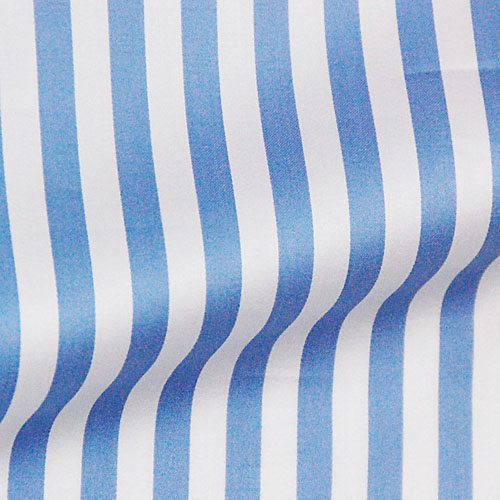Negative Impacts of Cotton
Mainstream cotton farms use chemical pesticides and bio-engineering to get the highest quality and yield per acre. I won’t elaborate on the damage here, as the unintended consequences of chemical runoff and the creation of more resistant pest insects are well documented.
Another environmental problem with cotton is how water and mineral intensive it is; improper growing can lead to heavy soil mineral depletion and erosion.
Positives of Cotton
Cotton is a renewable resource that has successfully clothed man for centuries. In part to the Green movement, Organic Cotton has risen in importance and economic viability. Organic cotton uses no synthetic fertilizers or pesticides, and therefore leaves a smaller footprint on the environment. However it has a lower yield per acre and a lack of economies of scale in the industry – the cost to get organic cotton to the consumer often doubles the price of this fiber.
Over the last 20 years we have also seen the re-emergence of naturally colored cottons. Cultivated for thousands of years, although now just receiving more attention from fashion houses, naturally colored cotton fiber can be grown in red, brown, beige, and green. Other naturally grown colors are in development.

Conclusion – Cotton Fabric is here to stay in Menswear
Cotton fabric’s properties have made it a staple in menswear for thousands of years. Despite it having drawbacks and losing ground to less expensive synthetic fibers, cotton will continue to be a large part of a man’s wardrobe.
Cotton fabric is here to stay in menswear – make sure you understand this fabric as proper care will ensure a longer life for your cotton clothing.
Suit online: http://www.matthewaperry.com/

No comments:
Post a Comment